Peasant Seeds in France: Fostering A More Resilient Agriculture
Abstract
:1. Introduction
2. Methods
3. Results
3.1. The French Agricultural Landscape
3.1.1. Productivity
3.1.2. Price Volatility
3.1.3. Higher Crop Costs
3.1.4. Revenues and Indebtedness
3.1.5. Erosion of the Cultivated Biodiversity
3.2. Principles and Limits of Peasant Seeds
3.2.1. Food Sovereignty and Biodiversity Conservation
3.2.2. Encouraging Social Link and Lowering the Bill
3.2.3. Shortages and Transaction Costs
3.2.4. Yield Concerns
3.3. Peasant Seeds and Intellectual Property Rights
3.3.1. The Origin and Shortcomings of Plant Variety Rights
3.3.2. The Limits of the Intellectual Property Regime
3.3.3. The 2004 International Treaty on Plant Genetic Resources for Food and Agriculture, and France’s Position
4. Discussion
4.1. Current Policy Developments in France
4.2. Policy Recommendations
5. Conclusions
Author Contributions
Funding
Conflicts of Interest
Appendix A
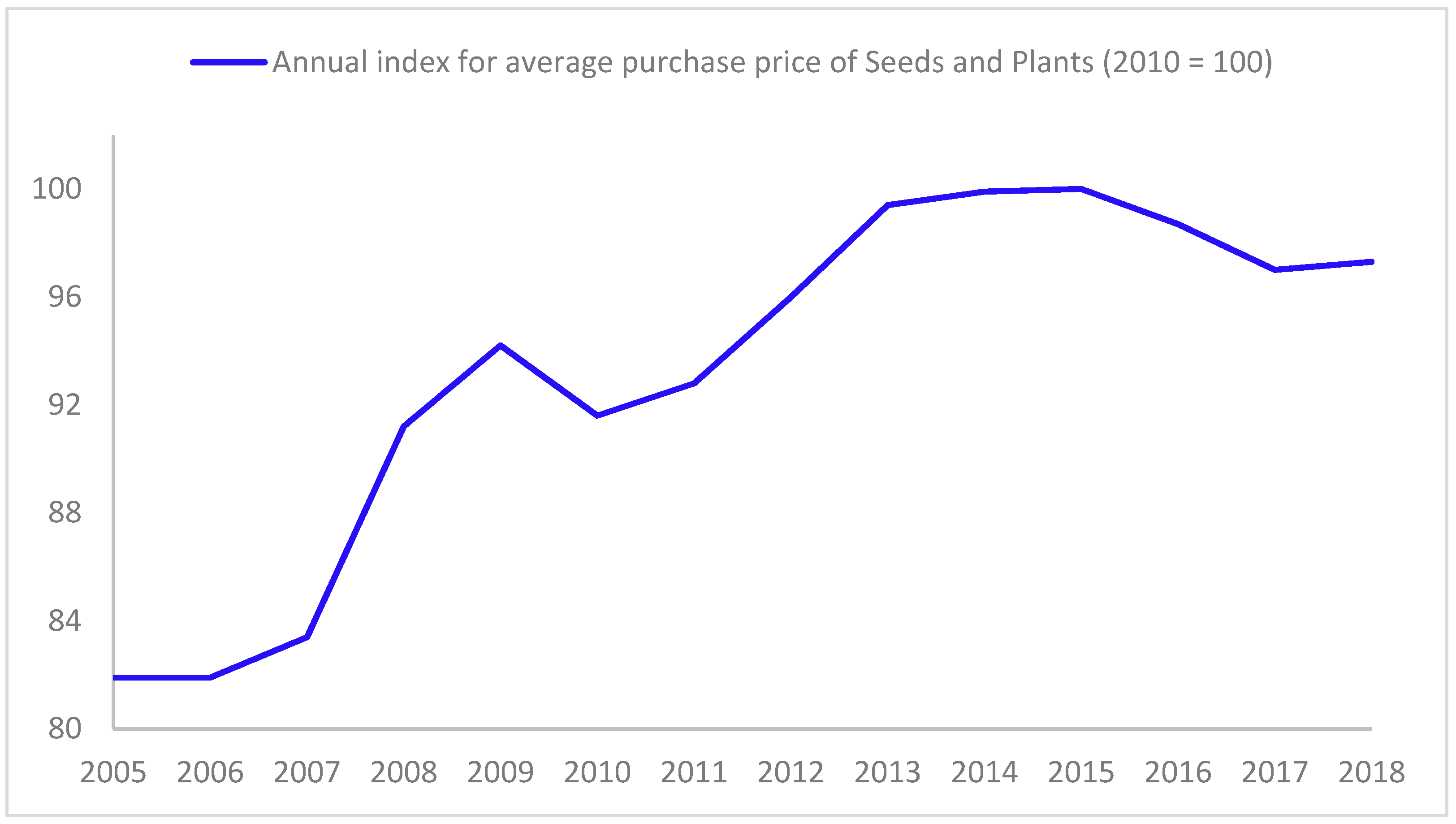

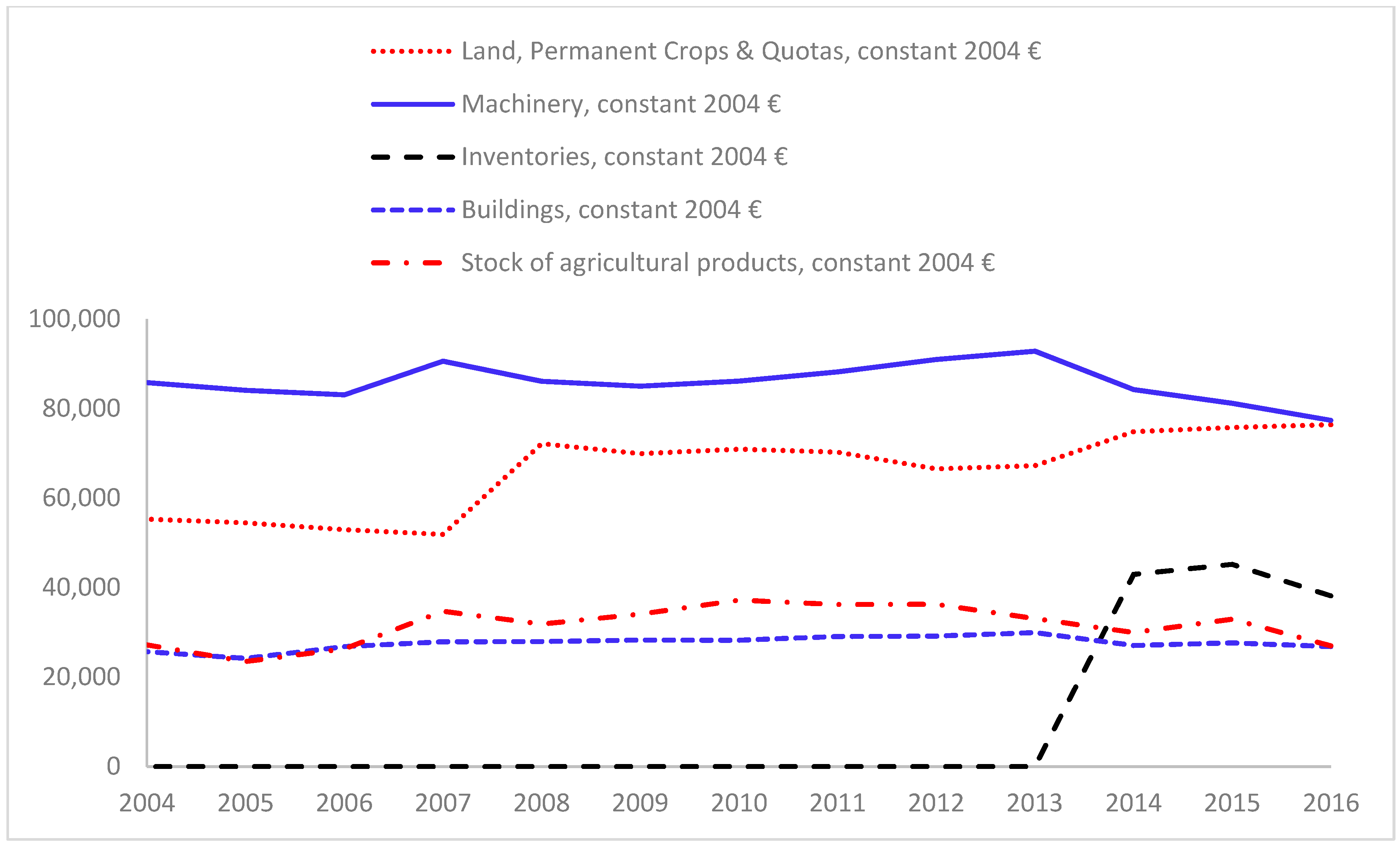
References
- Butault, J.-P.; Réquillart, V. L’agriculture et l’agroalimentaire français à la recherche d’une compétitivité perdue. INRA Sci. Soc. 2012, 4. Available online: https://observatoire-prixmarges.franceagrimer.fr/Lists/Liste des etudes autres/Attachments/88/BUTAULT_REQUILLART_2012.pdf (accessed on 18 January 2019).
- Huyghes, C. L’agriculture Française à la Croisée des Chemins. Institut National de Recherche Agronomique, 2018. Available online: http://www.inra.fr/Chercheurs-etudiants/Systemes-agricoles/Toutes-les-actualites/L-agriculture-francaise-a-la-croisee-des-chemins (accessed on 18 January 2019).
- Ipbes. Report of the Plenary of the Intergovernmental Science-Policy Platform on Biodiversity and Ecosystem Services on the Work of Its Sixth Session. Medellin. 2018. Available online: https://www.ipbes.net/system/tdf/downloads/ipbes-6-15-add.4-advance_eca.pdf?file=1&type=node&id=23007 (accessed on 18 January 2019).
- De Schutter, O.; Vanloqueren, G. The New Green Revolution: How Twenty-First-Century Science Can Feed the World. Solutions 2011, 2, 1–12. Available online: https://dlc.dlib.indiana.edu/dlc/bitstream/handle/10535/7482/The New Green Revolution_ How Twenty-First-Century Science Can Feed the World.pdf?sequence=1&isAllowed=y (accessed on 18 January 2019).
- Wittman, H. Food Sovereignty: A New Rights Framework for Food and Nature? Environ. Soc. 2011, 2, 87–105. [Google Scholar] [CrossRef] [Green Version]
- Edelman, M.; Weis, T.; Baviskar, A.; Borras, S.M.; Holt-Giménez, E.; Kandiyoti, D.; Wolford, W. Introduction: Critical perspectives on food sovereignty. J. Peasant Stud. 2014, 41, 911–931. [Google Scholar] [CrossRef]
- Kloppenburg, J. Re-purposing the master’s tools: The open source seed initiative and the struggle for seed sovereignty. J. Peasant Stud. 2014, 41, 1225–1246. [Google Scholar] [CrossRef]
- Réseau Semences Paysannes. Définition des Semences Paysannes. 2013. Available online: http://www.semencespaysannes.org/definition_des_semences_paysannes_532.php (accessed on 2 June 2018).
- Bureau de la Gestion des Signes de Qualité et de L’agriculture Biologique. Note D’information aux Producteurs: Approvisionnement en Semences et Matériels de Reproduction Végétative Biologiques. 2009. Available online: http://semences-biologiques.org/pages/SemInfoProducteur_2009.pdf (accessed on 2 June 2018).
- Thiry, G. Ecological economics: Thinking of the post-growth era and its new sustainability indicators. In Post-Growth Economics and Society: Exploring the Paths of a Social and Ecological Transition; Cassiers, I., Maréchal, K., Méda, D., Eds.; Routledge: London, UK; New York, NY, USA, 2017. [Google Scholar]
- Delannoy, I. L’économie symbiotique. Regénérer la Planète, L’économie et la Société; Actes Sud: Paris, France, 2017. [Google Scholar]
- Raworth, K. Doughnut Economics: Seven Ways to Think Like a 21st-Century Economist; Random House Business: New York, NY, USA, 2018. [Google Scholar]
- Demeulenaere, E. A Political Ontology of Seeds. J. Glob. Hist. Anthropol. 2014, 69, 45–61. [Google Scholar]
- Escobar, A. Sentir-Penser avec la Terre. Une Ecologie au-delà de l’Occident; Seuil: Paris, France, 2014. [Google Scholar]
- Shiva, V. Monocultures of the Mind. Trumpeter 1993, 10. Available online: http://trumpeter.athabascau.ca/index.php/trumpet/article/view/358/562 (accessed on 2 June 2018).
- FAO. The Second Report on the State of the World: Plant Genetic Resources for Food and Agriculture; FAO: Rome, Iatly, 2010; Available online: http://www.fao.org/fileadmin/templates/agphome/documents/PGR/SoW2/Second_Report_SOWPGR-2.pdf (accessed on 2 June 2018).
- Ministère de L’agriculture. Les Semences, un Secteur de Premier Plan pour la France. 2016. Available online: http://agriculture.gouv.fr/infographie-les-semences-un-secteur-de-premier-plan-pour-la-france (accessed on 13 June 2018).
- Bocci, R.; Chable, V. Peasant seeds in Europe: Stakes and prospects. J. Agric. Environ. Int. Dev. 2009, 103, 81–93. [Google Scholar]
- Coolsaet, B. Towards an agroecology of knowledges: Recognition, cognitive justice and farmers’ autonomy in France. J. Peasant Stud. 2016, 47, 165–171. [Google Scholar] [CrossRef]
- Chable, V.; Dawson, J.; Bocci, R.; Goldringer, I. Seeds for Organic Agriculture: Development of Participatory Plant Breeding and Farmers’ Networks in France. In Organic Farming, Prototype for Sustainable Agricultures; Bellon, S., Penvern, S., Eds.; Springer: Berlin/Heidelberg, Germany, 2014; Chapter 21. [Google Scholar]
- Lubello, P.; Falque, A.; Temri, L. Des Systèmes Agroalimentaires en Transition. 2017. Available online: https://www.cairn.info/systemes-agroalimentaires-en-transition--9782759225736.htm (accessed on 13 June 2018).
- Treaty of the Functioning of the European Union, 326 Official Journal of the European Union C § 2012. Available online: https://eur-lex.europa.eu/legal-content/EN/TXT/PDF/?uri=CELEX:12012E/TXT&from=EN (accessed on 13 June 2018).
- Verhertbruggen, J.-M. La réforme de la politique agricole commune. Courr. Hebd. Du CRISP 1993, 1396–1397, 1. [Google Scholar] [CrossRef]
- Desbois, D.; Legris, B. Prix et coûts de production de six grandes cultures: Blé, maïs, colza, tournesol, betterave et pomme de terre. Agreste Cahiers 2007, 2, 29–39. [Google Scholar]
- Clapp, J. Financialization, distance and global food politics. J. Peasant Stud. 2014, 41, 797–814. [Google Scholar] [CrossRef]
- Hérault, B. Les chocs de prix des matières premières agricoles: Déterminants et anticipations. Analyse Centre d’étude et de Prospectiv 2017, 107. Available online: http://agreste.agriculture.gouv.fr/IMG/pdf/analyse1071711-2.pdf (accessed on 13 June 2018).
- France 24. Le Grand Malaise des Agriculteurs Français. Youtube. 2016. Available online: https://www.youtube.com/watch?v=mJr7A-S7-aU (accessed on 15 June 2018).
- Tonini, C.; Vieuille, G. Population des Non-Salariés Agricoles en 2017. 2018. Available online: https://statistiques.msa.fr/wp-content/uploads/2018/02/Infostat-CE-2017.pdf (accessed on 28 May 2018).
- Laurent, P. Disparition des Exploitations Agricoles: Un Déclin Inéluctable? 2014. Available online: http://www.inra.fr/Grand-public/Agriculture-durable/Tous-les-dossiers/Les-agricultures-familiales/Disparition-des-exploitations-agricoles/(key)/0 (accessed on 28 May 2018).
- Gallais, A. Évolution de la Diversité Génétique des Variétés de Plantes Cultivées. 2013. Available online: https://www.academie-agriculture.fr/actualites/academie/seance/academie/mesure-et-evolution-de-la-diversite-genetique-des-plantes (accessed on 28 May 2018).
- Mammana, I. Concentration of Market Power in the EU Seed Market. 2014. Available online: http://www.agricolturabiodinamica.it/wp-content/uploads/2015/07/Rapporto-Green-EU-sul-monopolio-delle-sementi-n-Europa.pdf (accessed on 28 May 2018).
- Kastler, G. La Réglementatiotion Européenne sur les Semences: D’où Vient-Elle? Où va-t-Elle? 2015. Available online: http://www.fian.be/IMG/pdf/note-semences-septembre-2015-web.pdf (accessed on 20 June 2018).
- Shiva, V. Agricultural Biodiversity, Intellectual Property Rights and Farmers’ Rights. Econ Political Wkly. 1996, 31, 1621–1631. [Google Scholar]
- FAO. Des Semences de Qualité pour des Rendements de Qualité. Available online: http://www.fao.org/in-action/producing-quality-seeds-means-quality-yields/fr/ (accessed on 28 May 2018).
- Cailloce, L. Quand le productivisme nuit à l’agriculture. CNRS Le J. 2018. Available online: https://lejournal.cnrs.fr/articles/quand-le-productivisme-nuit-a-lagriculture (accessed on 20 June 2018).
- Bozino, A. Les Circuits Courts: Un Moyen de Lutter Contre la Fragilisation de L’agriculture du Milieu? 2017. Available online: http://www.inra.fr/Grand-public/Economie-et-societe/Toutes-les-actualites/Circuits-courts-et-agriculture-du-milieu (accessed on 28 May 2018).
- Coomes, O.T.; McGuire, S.J.; Garine, E.; Caillon, S.; McKey, D.; Demeulenaere, E.; Jarvis, D.; Aistara, G.; Barnaud, A.; Clouvel, P.; et al. Farmer seed networks make a limited contribution to agriculture? Four common misconceptions. Food Policy 2015, 56, 41–50. [Google Scholar] [CrossRef]
- De Schutter, O. Le Droit à L’alimentation—Politiques Semencières et Droit à L’alimentation: Accroître L’agrobiodiversité et Encourager L’innovation (A/64/170). 2009. Available online: http://www.srfood.org/images/stories/pdf/officialreports/20091021_report-ga64_seed-policies-and-the-right-to-food_fr.pdf (accessed on 28 May 2018).
- Moÿ, A.-C. Etude sur le Devenir Juridique des Variétés Issues de Sélection Participative et Paysanne. 2010. Available online: http://www.semencespaysannes.org/bdf/docs/etude_devenir_juridique_varietes_selection_participative_042010.pdf (accessed on 20 June 2018).
- Kastler, G. Les semences paysannes: Situation actuelle, difficultés techniques, besoin d’un cadre juridique. Dossier de l’environnement de l’INRA 2005, 30, 53–56. [Google Scholar]
- Réseau Semences Paysannes. Coordonnées des Membres du Réseau RSP. Available online: http://www.semencespaysannes.org/les_membres_du_reseau_semences_paysannes_205.php#fiche21 (accessed on 16 June 2018).
- Levrouw, F.; Drochon, L. Les Maisons des Semences Paysannes. Aiguillon. 2014. Available online: http://www.semencespaysannes.org/bdf/docs/les-maisons-des-semences-paysannes.pdf (accessed on 16 June 2018).
- Ali Brac De La Perrière, R. Semences Paysannes, Plantes de Demain; Mayer, C.L., Ed.; Charles Leopold Mayer: Paris, France, 2014; Available online: http://docs.eclm.fr/pdf_livre/370SemencesPaysannesPlantesDeDemain.pdf (accessed on 16 June 2018).
- Ker, C. Quel Droit Pour Quelles Semences ? Available online: http://www.natpro.be/divers/semerlabiodiversiteetude/2queldroitpourquellessemences.html (accessed on 2 June 2018).
- GEVES. Instance Nationale des Obtentions Végétales. Available online: https://www.geves.fr/qui-sommes-nous/inov/ (accessed on 2 June 2018).
- Tokatlidis, I.; Vlachostergios, D. Sustainable stewardship of the landrace diversity. Diversity 2016, 8, 29. [Google Scholar] [CrossRef]
- Ninou, E.G.; Mylonas, I.G.; Tsivelikas, A.; Ralli, P.; Dordas, C.; Tokatlidis, I.S. Wheat landraces are better qualified as potential gene pools at ultraspaced rather than densely grown conditions. Sci. World J. 2014, 2014, 957472. [Google Scholar] [CrossRef]
- Zwischen, E.; Modifizierten, G.; Konventionell, U.; Chteten, G.; Guerin, K.P.M.; Guerin, T.F. A survey of yield differences between transgenic and non-trangenic crops. Arch. Agron. Soil Sci. 2003, 49, 333–345. [Google Scholar]
- Annicchiario, P.; Pecetti, L.; Torricelli, R. Impact of landrace germplasm, non-conventional habit and regional cultivar selection on forage and seed yield of organically grown lucerne in Italy. J. Agric. Sci. 2012, 150, 345–355. [Google Scholar] [CrossRef]
- Mirek, B.C.; Reiter, D.; Divéky-Ertsey, A.; Drexler, D. On-farm assessment of landrace of tomato (Lycopersicon esculentum L.) under organic conditions in Hungary. Acta Fytotechn. Zootechn. 2015, 18, 134–137. [Google Scholar] [CrossRef]
- Newton, A.C.; Akar, T.; Baresel, J.P.; Bebeli, P.J.; Bettencourt, E.; Bladenopoulos, K.V.; Czembor, J.H.; Fasoula, D.A.; Katsiotis, A.; Koutis, K. Cereal landraces for sustainable agriculture. A review. Agron. Sustain. Dev. 2010, 30, 237–269. [Google Scholar] [CrossRef] [Green Version]
- UPOV. Members of the International Union for the Protection of New Varieties of Plants. 2017. Available online: http://www.upov.int/export/sites/upov/members/en/pdf/pub423.pdf (accessed on 17 June 2018).
- International Convention for the Protection of New Varieties of Plants; UPOV: Geneva, Switzerland, 1991; Available online: http://www.upov.int/upovlex/en/conventions/1991/act1991.html (accessed on 20 June 2018).
- Bolis, A. Des Etats-Unis à l’Europe, à qui Appartiennent les Plantes Cultivées ? Le Monde. 2013. Available online: http://www.lemonde.fr/planete/article/2013/05/17/des-etats-unis-a-l-europe-a-qui-appartiennent-les-plantes-cultivees_3235181_3244.html (accessed on 20 June 2018).
- International Convention for the Protection of New Varieties of Plants; UPOV: Geneva, Switzerland, 1961; Available online: http://www.upov.int/upovlex/en/conventions/1961/w_up610_.html (accessed on 20 June 2018).
- Directive 98/44/EC of the European Parliament and of the Council of 6 July 1998 on the Legal Protection of Biotechnological Inventions, Official Journal of the European Communities § 1998. Available online: https://eur-lex.europa.eu/legal-content/EN/TXT/PDF/?uri=CELEX:31998L0044&from=EN (accessed on 20 June 2018).
- Scholte, B. Certfied Seed, Farm Saved Seed or Black Seed—Status Report EU28. 2015. Available online: http://www.seemneliit.ee/wp-content/uploads/2015/11/Seemnetootmise-trendid-ELis-ja-3ndates-riikides-perspektiivid.-Must-seeme-talupidaja-suhtumise-muutmine-B.-Scholte.pdf (accessed on 20 June 2018).
- Council Regulation (EC) No. 2100/94 of 27 July 1994 on Community Plant Variety Rights 1994. European Union. Available online: http://www.wipo.int/wipolex/en/text.jsp?file_id=126825 (accessed on 20 June 2018).
- Loi Relative aux Certificats D’obtention Végétale; French Republic: Paris, France, 2011; Available online: https://www.legifrance.gouv.fr/affichTexte.do?cidTexte=JORFTEXT000024940172&categorieLien=id (accessed on 20 June 2018).
- Shiva, V. Biodiversity totalitarianism—IPRs as seed monopolies. Econ. Political Wkly. 1997, 32, 2582–2585. [Google Scholar]
- Loi pour la Reconquête de la Biodiversité, de la Nature et des Paysages | Legifrance, Pub. L. No. 2016-1087, Legifrance 2016. Available online: https://www.legifrance.gouv.fr/affichTexte.do?cidTexte=JORFTEXT000033016237&categorieLien=id (accessed on 20 June 2018).
- Code de la Propriété Intellectuelle, Consolidated Version, Art. L611-19. 2018. Available online: https://www.legifrance.gouv.fr/affichCodeArticle.do;jsessionid=A946AD55A64B4D73C203FBD9BBA40EE0.tplgfr38s_3?idArticle=LEGIARTI000033033596&cidTexte=LEGITEXT000006069414&categorieLien=id&dateTexte= (accessed on 24 June 2018).
- Vanloqueren, G.; Baret, P.V. How agricultural research systems shape a technological regime that develops genetic engineering but locks out agroecological innovations. Res. Policy 2009, 38, 971–983. [Google Scholar] [CrossRef]
- Ostrom, E. Governing the Commons. The Evolution of Institutions for Collective Action; Cambridge University Press: Cambridge, UK, 1990. [Google Scholar]
- Ferguson, R.S.; Lovell, S.T. Permaculture for agroecology: Design, movement, practice, and worldview. A review. Agron. Sustain. Dev. 2014, 34, 251–274. [Google Scholar] [CrossRef]
- Guégan, S.; Leger, F. Maraîchage Biologique Permaculturel et Performance Economique. 2014. Available online: https://hal.archives-ouvertes.fr/hal-01548676/ (accessed on 24 June 2018).
- International Treaty on Plant Genetic Resources for Food and Agriculture; FAO: Rome, Italy, 2004; Available online: http://www.fao.org/3/a-i0510e.pdf (accessed on 24 June 2018).
- Ministère de l’Agriculture. Conservation des Ressources Phytogénétiques: La France se Mobilise en Faveur de la Préservation de la Biodiversité Cultivée. 2017. Available online: http://agriculture.gouv.fr/conservation-des-ressources-phytogenetiques-la-france-se-mobilise-en-faveur-de-la-preservation-de-la (accessed on 24 June 2018).
- INRA. Ressources Génétiques et Biologiques. 2013. Available online: http://institut.inra.fr/Organisation/Dispositifs-et-infrastructures/Tous-les-dossiers/Ressources-genetiques-et-biologiques/Vegetales/(key)/0 (accessed on 24 June 2018).
- Guégan, S.; Leger, F. Maraîchage Biologique Permaculturel et Performance Economique. 2015. Available online: https://hal.archives-ouvertes.fr/hal-01548676/document (accessed on 24 June 2018).
- Enjalbert, J.; Dawson, J.C.; Paillard, S.; Rhoné, B.; Rousselle, Y.; Thomas, M.; Goldringer, I. Dynamic management of crop diversity: From an experimental approach to on-farm conservation. C. R. Biol. 2011, 334, 458–468. [Google Scholar] [CrossRef] [PubMed]
- Goldringer, I.; Enjalbert, J.; David, J.; Paillard, S.; Pham, J.-L.; Brabant, P. Dynamic management of genetics resources: A 13-year experiment on wheat. In Broadening the Genetic Base of Crop Production; CABI Publishing: Oxfordshire, UK, 2001; pp. 245–260. [Google Scholar]
- Mathieu, T.; Demeulenaere, E.; Dawson, J.C.; Khan, A.R.; Galic, N.; Jouanne-Pin, S.; Remoué, C.; Bonneuil, C.; Goldringer, I. On-farm dynamic management of genetic diversity: The impact of seed diffusions and seed saving practices on a population-variety of bread wheat. Evol. Appl. 2012, 5, 779–795. [Google Scholar]
- Ministère de l’Agriculture. Projet de loi Agriculture et al. Imentation: Le Discours de Stéphane Travert à l’Assemblée Nationale. 2018. Available online: http://agriculture.gouv.fr/projet-de-loi-agriculture-et-alimentation-le-discours-de-stephane-travert-lassemblee-nationale (accessed on 24 June 2018).
- Caplat, J. Changeons d’agriculture; Actes Sud: Paris, Italy, 2014. [Google Scholar]
- McCouch, S.; Baute, G.J.; Bradeen, J.; Bramel, P.; Bretting, P.K.; Buckler, E.; Burke, J.M.; Charest, D.; Cloutier, S.; Cole, G.; et al. Agriculture: Feeding the future. Nature 2013, 499, 23–24. [Google Scholar] [CrossRef] [PubMed]
- European Institute for Business and Intellectual Property. Brevetabilité des Plantes: Peut-on Breveter un Végétal? 2017. Available online: https://www.ieepi.org/en/paroles-dexperts-brevetabilite-plantes/ (accessed on 24 June 2018).
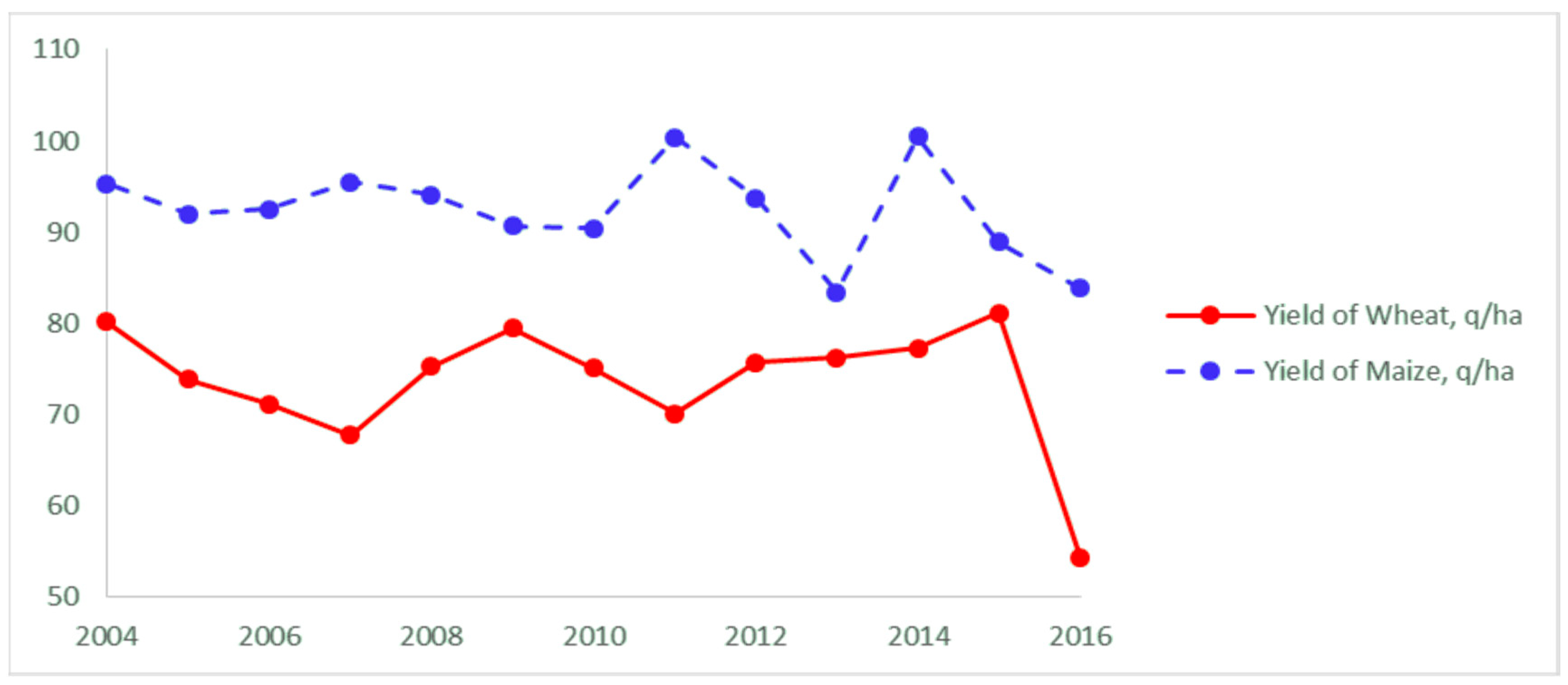
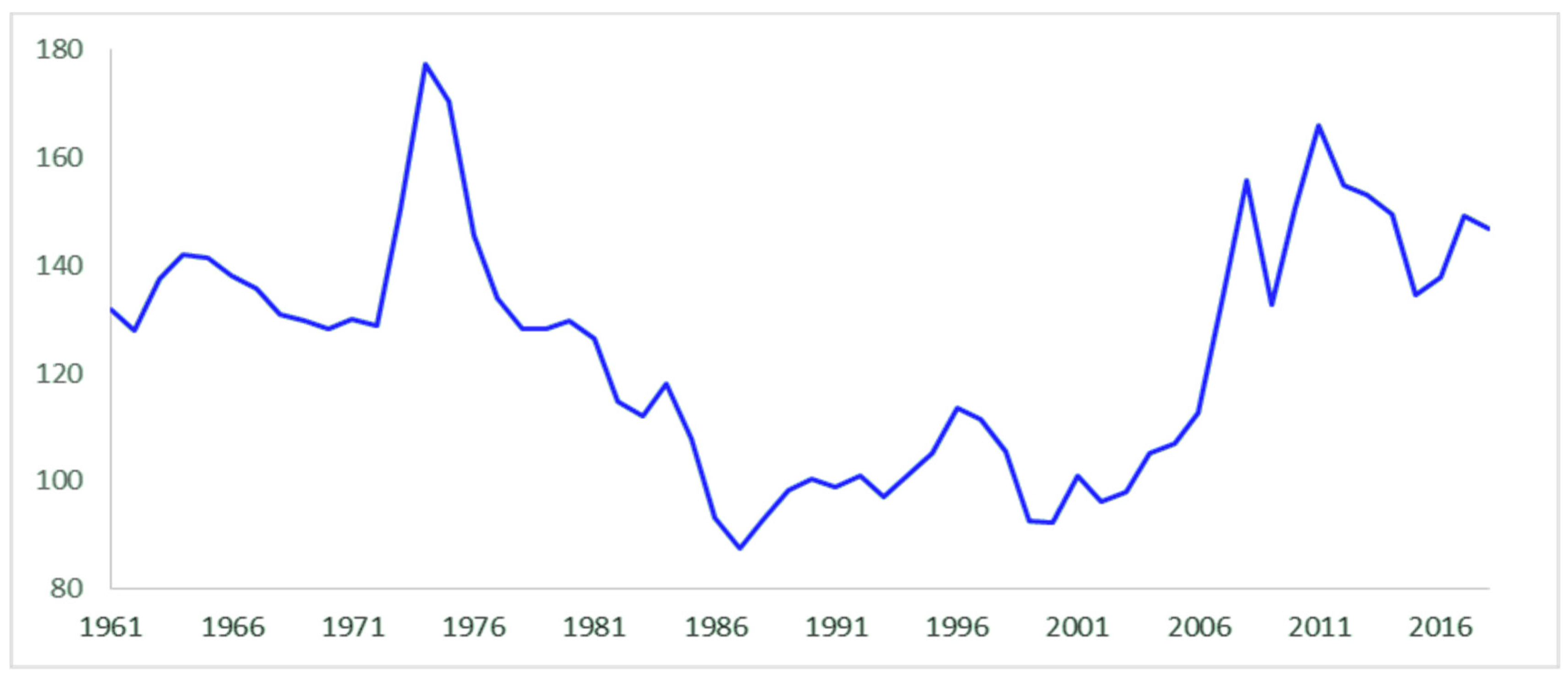
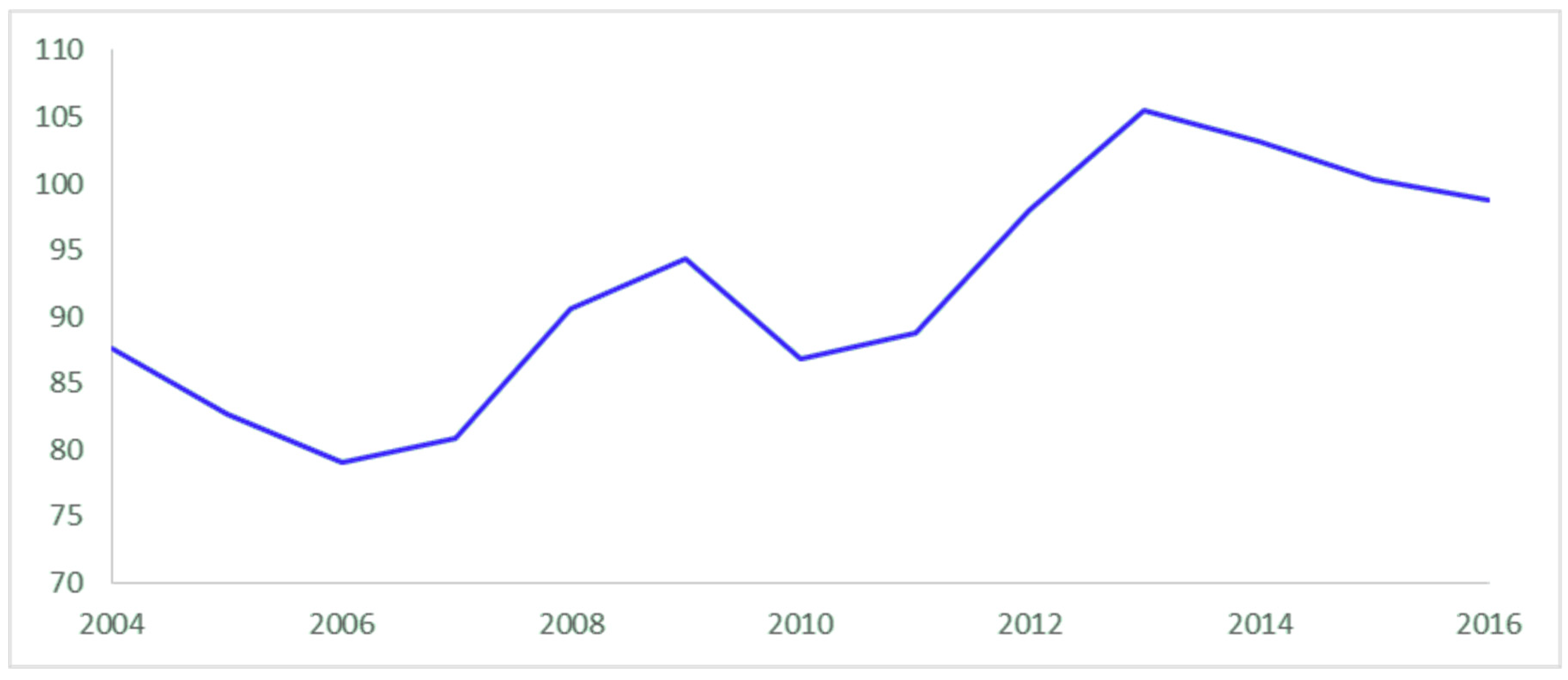
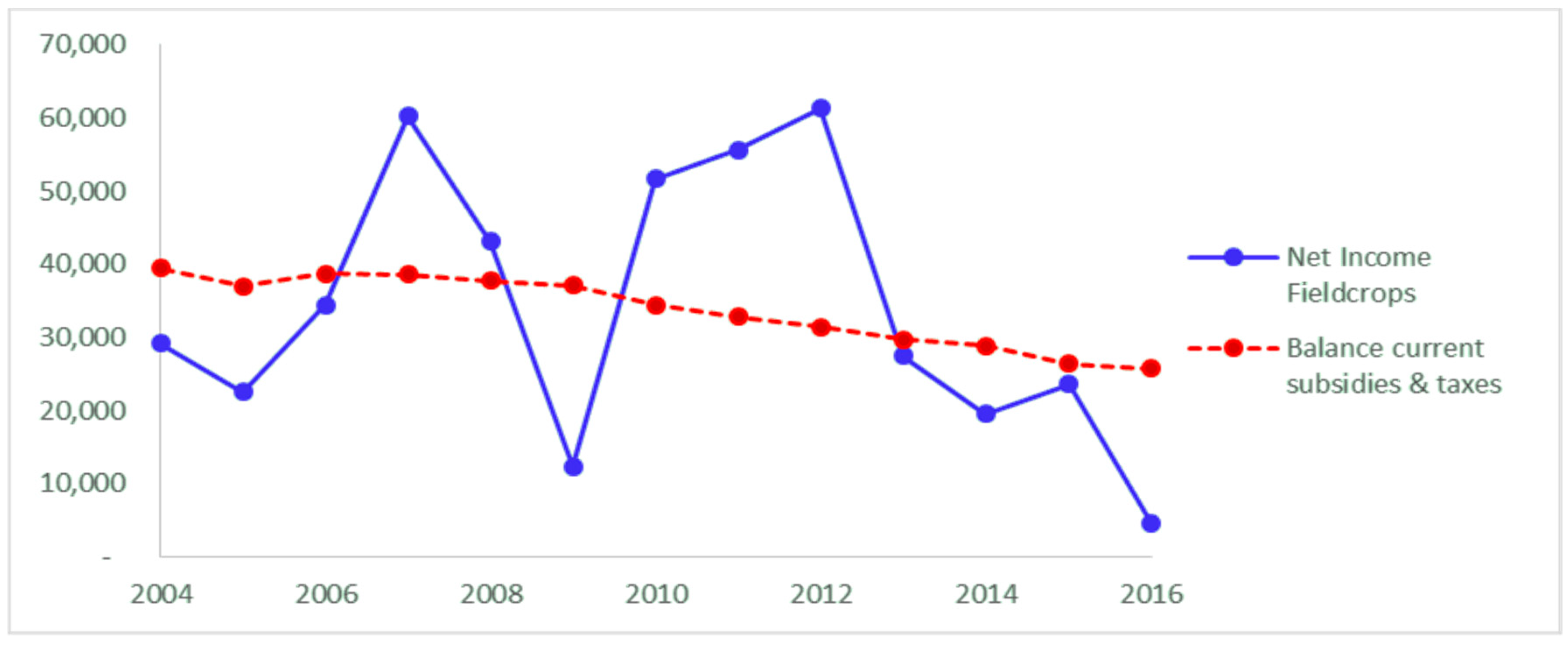

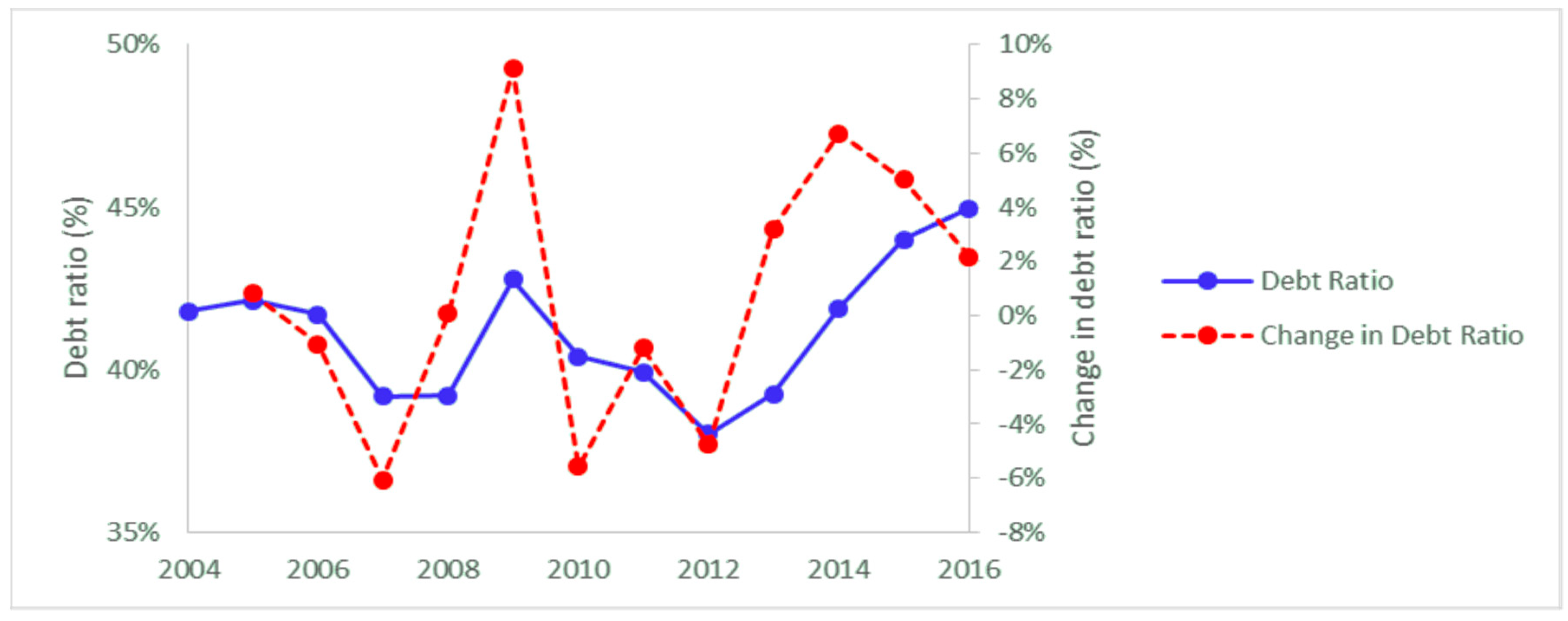
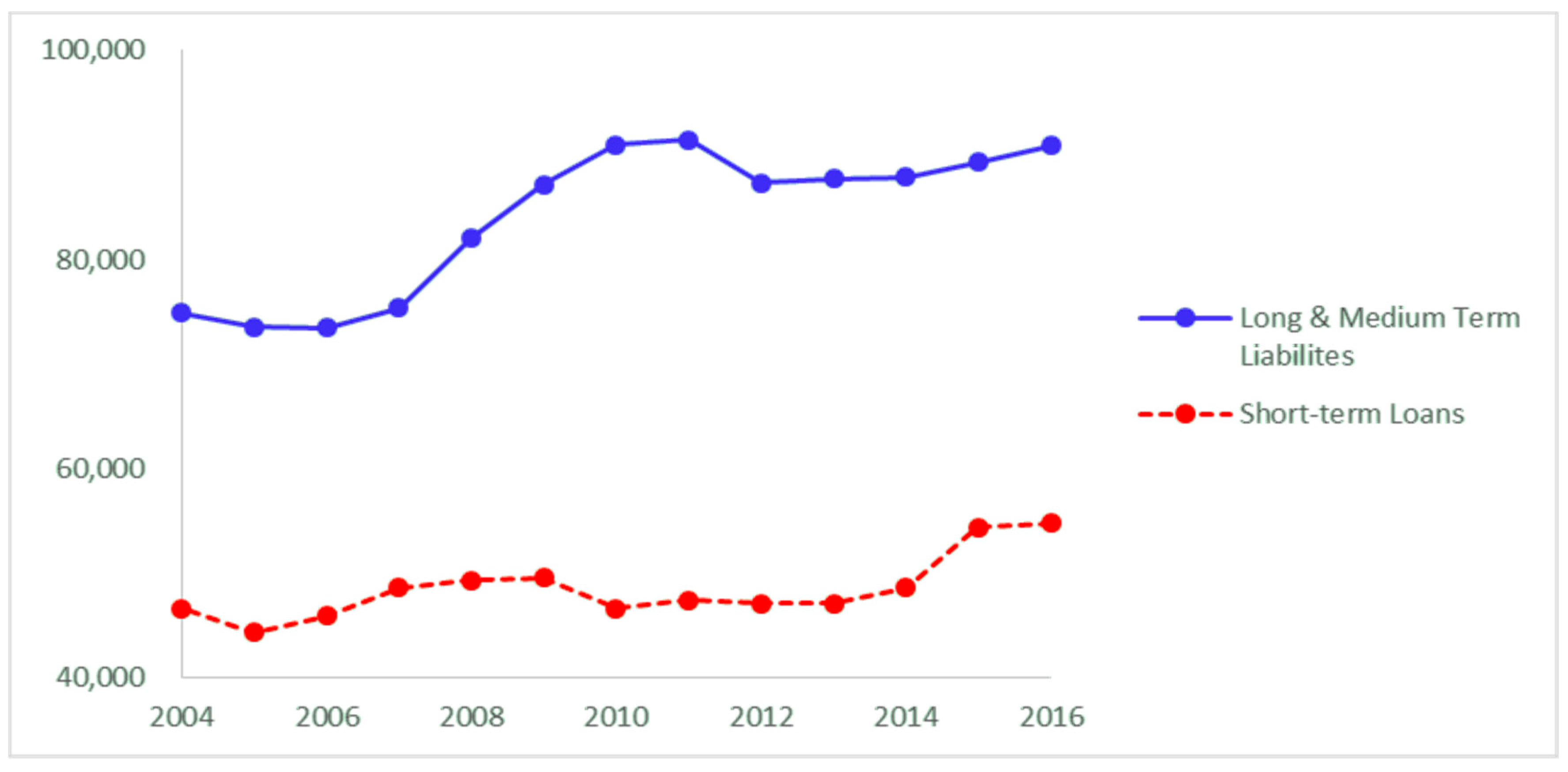
© 2019 by the authors. Licensee MDPI, Basel, Switzerland. This article is an open access article distributed under the terms and conditions of the Creative Commons Attribution (CC BY) license (http://creativecommons.org/licenses/by/4.0/).
Share and Cite
Gevers, C.; van Rijswick, H.F.M.W.; Swart, J. Peasant Seeds in France: Fostering A More Resilient Agriculture. Sustainability 2019, 11, 3014. https://doi.org/10.3390/su11113014
Gevers C, van Rijswick HFMW, Swart J. Peasant Seeds in France: Fostering A More Resilient Agriculture. Sustainability. 2019; 11(11):3014. https://doi.org/10.3390/su11113014
Chicago/Turabian StyleGevers, Camille, Helena F.M.W. van Rijswick, and Julia Swart. 2019. "Peasant Seeds in France: Fostering A More Resilient Agriculture" Sustainability 11, no. 11: 3014. https://doi.org/10.3390/su11113014
APA StyleGevers, C., van Rijswick, H. F. M. W., & Swart, J. (2019). Peasant Seeds in France: Fostering A More Resilient Agriculture. Sustainability, 11(11), 3014. https://doi.org/10.3390/su11113014





